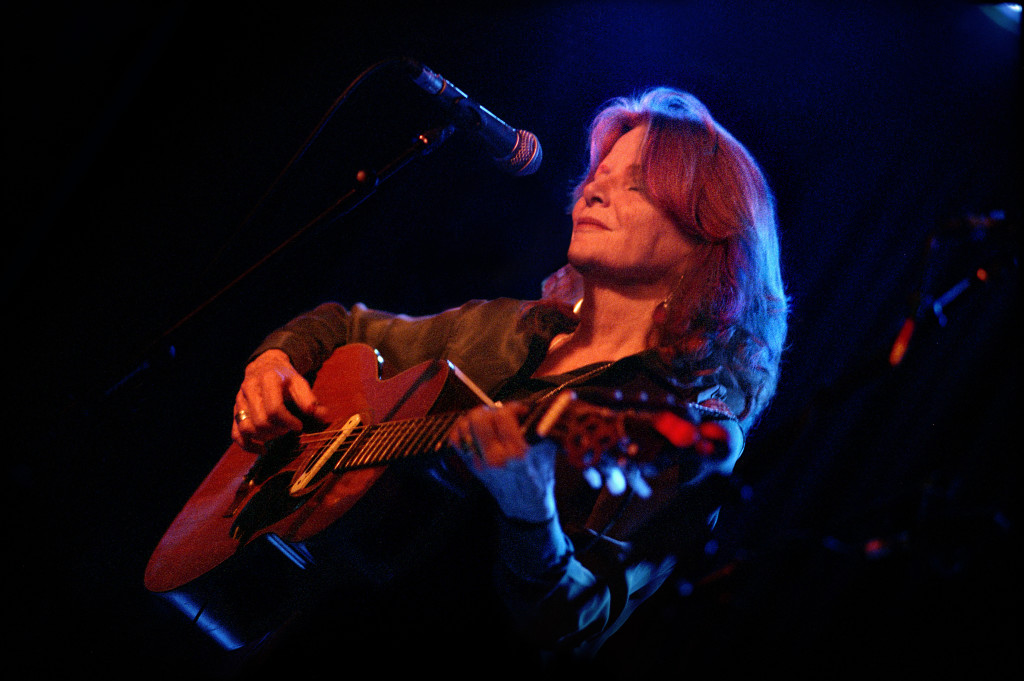
By Iain Patience
With a hand cupped to an ear the echoing whisper can almost be heard: “…Who?…Bonnie who?…Bonnie Dobson…who?” as it filters through the hall. A strange state of affairs indeed, because Bonnie Dobson is one of music’s true survivors, a lady with a gorgeous, glorious voice that over half a century since her emergence in New York’s nascent folk-music scene, still glints like gold.
Originally from Toronto, Canada, Dobson worked the incipient US folk scene alongside Judy Collins and Joan Baez, and was ranked by Time Magazine as one of the top three folk-musicians and singers in 1960s USA alongside them.
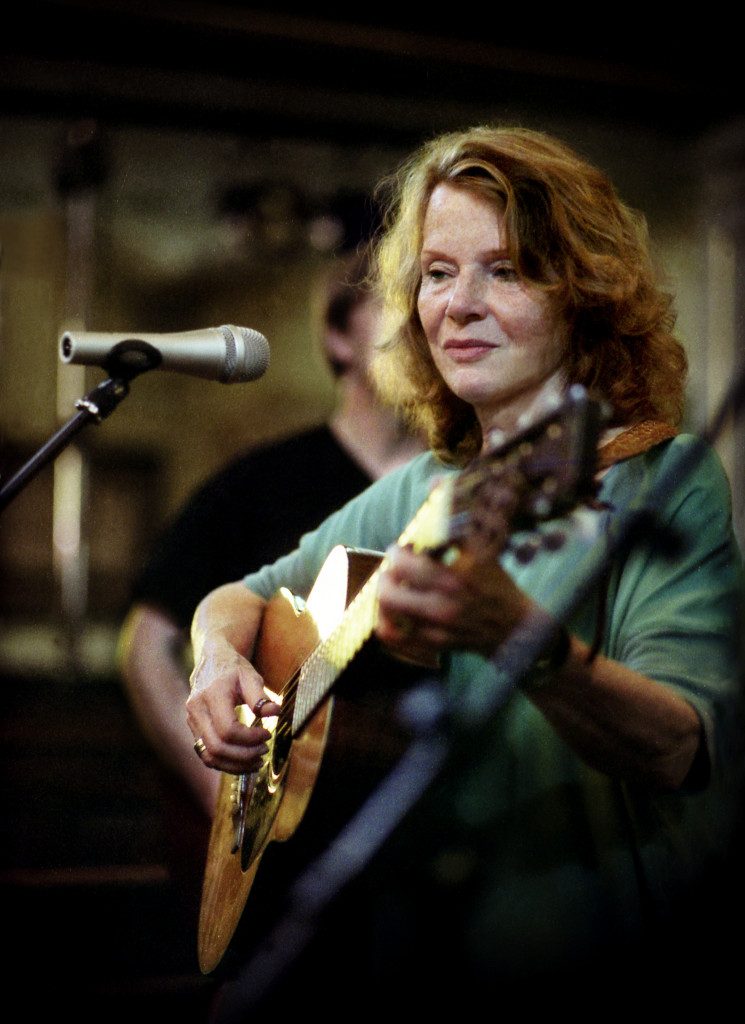
She played all the famed haunts, now steeped in legend and musical myth and folklore, hanging out in Gerde’s Folk City, The Gaslight, The Bitter End. The lady toured extensively with Sonny Terry and Brownie McGhee, Mississippi John Hurt, and worked with Pete Seeger, Reverend Gary Davis, Lightnin’ Hopkins, Artie and Happy Traum – always working her way and looking astutely around the world surrounding her as she wrote songs of love and loss and prescient, at times disturbing, thought.
For many years the Grateful Dead worked one of her most famous songs – the first song she herself ever wrote – as their own signature tune. “Morning Dew” became a must-do song for the freewheeling, spirited West Coast band from their first cover at a San Francisco festival back in 1967 till the band’s demise in around 1995. Later, the same song was recorded by countless other big names, including the Allman Brothers, Nazareth, Jeff Beck, Devo, Rod Stewart and Scottish rocker, Lulu.
She remembers being thrown into the musical cauldron as a naive teenager and packed off on her first tour alongside Brownie McGhee and Sonny Terry, both of whom were, “…wonderful to me. Generous and helpful.” Later she worked with Mississippi John Hurt, who she describes as, again, being “generous always. A lovely guy.”
Looking back to her New York Village days, she also recalls the late bluesman Jerry Ricks, working in Second Fret coffee-house, learning guitar by picking up licks and tips from passing players. And she remembers one evening at Gerde’s when a couple of youngsters took the floor. “Nobody really knew who they were, but they sang beautifully together,” she recalls of Simon and Garfunkel back at the start of their careers. She also laughs when she adds, “I remember Dylan when he was still funny.” Richie Havens is another she recalls with admiration, together with Irish folk-legend, Tommy Makem, and Dave Van Ronk, who she thinks was misrepresented in the 2013 Coen Brothers movie, Inside Llewyn Davis; “Dave was lovely, he was never like the depiction of him in the film,” she insists.
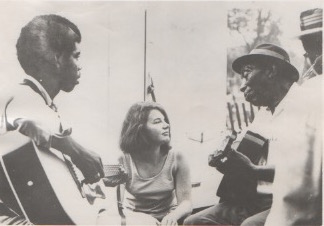 In 1969, while still at the top of her game, Dobson married, moved to London, became a mother and turned to university study and the security of a regular income in the academic world. With her musical career on near-permanent hold, she dropped from the scene until post-modern Brit-popper, Jarvis Cocker, rediscovered her and persuaded her out of retirement to perform alongside him in London in 2007, where Dobson stole the show, but then- mysteriously and inexplicably- slipped once more from sight. “Jarvis Cocker had recorded one of my songs, “Winter’s Going,” a psychotic number, and I wondered what he might be like. In the event, he was fine, of course. But after appearing at the Meltdown Festival when I expected something to follow, nothing happened. But I knew then that I could still do it,” she laughs somewhat ruefully.
In 1969, while still at the top of her game, Dobson married, moved to London, became a mother and turned to university study and the security of a regular income in the academic world. With her musical career on near-permanent hold, she dropped from the scene until post-modern Brit-popper, Jarvis Cocker, rediscovered her and persuaded her out of retirement to perform alongside him in London in 2007, where Dobson stole the show, but then- mysteriously and inexplicably- slipped once more from sight. “Jarvis Cocker had recorded one of my songs, “Winter’s Going,” a psychotic number, and I wondered what he might be like. In the event, he was fine, of course. But after appearing at the Meltdown Festival when I expected something to follow, nothing happened. But I knew then that I could still do it,” she laughs somewhat ruefully.
As a Canadian youngster, Dobson recalls being initially influenced by the music of the Travellers, a sort of Canadian version of USA’s the Weavers, and when she caught Pete Seeger play live, she was truly hooked on the music and the possibilities it offered. It’s remarkable that she was able to disappear so thoroughly from the exploding folk-roots music world until recently, when she was persuaded by a very special musician to take the stage with him upfront at a very special concert– the 2013 memorial tribute concert to legendary UK guitarist, Bert Jansch, held in London.
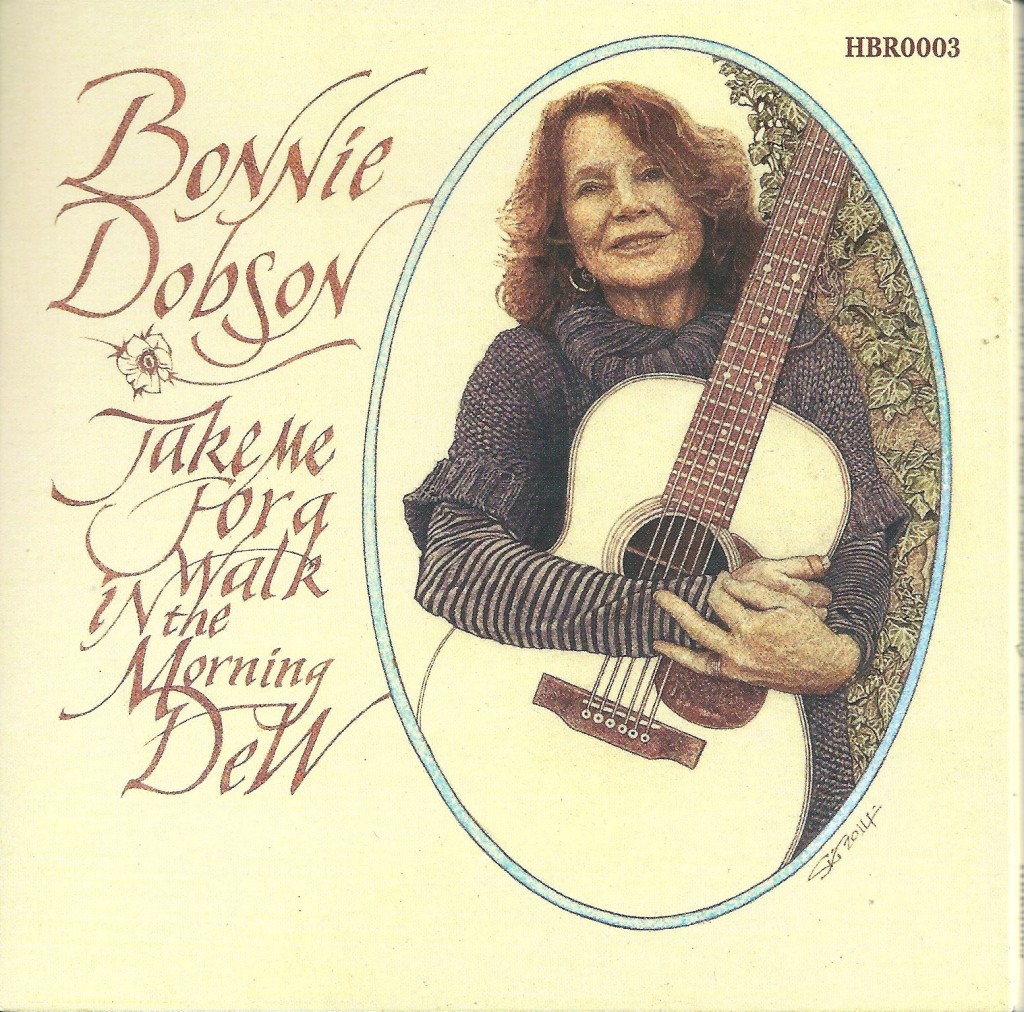 Robert Plant has long been a fan of Dobson and her music. In 2013, he persuaded her to resurface and share the stage with him, and together they performed her first song, “Morning Dew,” to an enthralled crowd of acoustic-roots lovers. Again, Dobson- with her crystal clear delivery and soaring voice- stole the show from the happy, nodding, near-sidelined former Led Zeppelin frontman, who told her at the time, “Bonnie, you’ve got your song back.”
Robert Plant has long been a fan of Dobson and her music. In 2013, he persuaded her to resurface and share the stage with him, and together they performed her first song, “Morning Dew,” to an enthralled crowd of acoustic-roots lovers. Again, Dobson- with her crystal clear delivery and soaring voice- stole the show from the happy, nodding, near-sidelined former Led Zeppelin frontman, who told her at the time, “Bonnie, you’ve got your song back.”
Fortunately, following this remarkable rediscovery – again! – Dobson returned once more to the studio, recording her first album in around fifty years with UK roots label, Hornbeam Recordings, Take Me For A Walk In The Morning Dew, in 2014. A fifteen track delight, the album features Dobson’s still strong, elegant voice and guitar playing, with a fresh take on her original classic together with a mix of own-compositions and traditional folk-biased material, a gem of an album for roots music lovers.
Following such a turbulent musical career of hide and seek, Dobson is pragmatic about the future. “I’ve had a good, happy life. I’ll just see where it goes next. I’ve a gig coming up soon in London, and I’ll just take it from there, see where it might lead.”


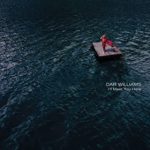

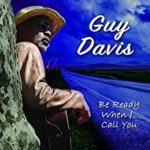
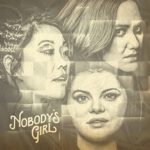

Be the first to comment!